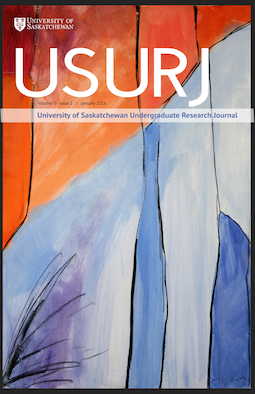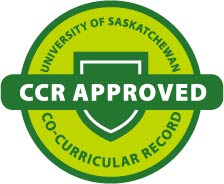Does High Intensity Interval Training Improve Aerobic Power Development More Than Endurance Training?
DOI:
https://doi.org/10.32396/usurj.v3i1.211Keywords:
Aerobic Power, High Intensity Interval Training, Endurance Training, Aerobic Development, Cardiovascular Fitness, Cardiovascular HealthAbstract
The purpose of this study was to determine whether high intensity interval training (HIIT) increases VO2 max more so than to endurance training (ET). It is hypothesized that at the end of a 4-week training program, the HIIT group will have a higher average improved VO2 max percentage than the ET group. Recruited participants, 12 males, aged 18-35 completed a baseline VO2 max test followed by an intervention and then a post VO2 max test. Participants were randomly assigned to either HIIT or ET, 20 minutes a day, 3 times a week for 4 weeks. At baseline mean VO2 max for ET (n=6) was 48.2 ml/min/kg compared to a mean VO2 max of 51.7ml/min/kg in the HIIT (n=6) group. Post training test VO2 max for ET (n=6) was 48.9ml/min/kg compared to a mean VO2 max of 52.4ml/min/kg in the HIIT group (n=4). There was a 3.4% improvement in VO2 max in the HIIT group (n=4), while the ET group (n=6) had a 1.7% improvement in VO2 max. There were no significant differences (p>0.05) in height, weight, age, and VO2 max between the two groups in the baseline or post test. There were no significant differences in height, age, and VO2 max for either of the groups from the post test compared to the baseline test. Moreover, there were no significant differences in height, age, and VO2 max for either of the groups from the post-test compared to the baseline test. The data suggests a promising trend that HIIT training may be better for improving aerobic power than ET.
Downloads
Published
Issue
Section
License
Articles: USURJ’s current Publication Agreements apply a Creative Commons Attribution-NonCommercial License (CC-BY-NC) by default. The CC BY-NC license lets others remix, tweak, and build upon work non-commercially. The author(s) can choose a different CC license, as outlined in https://creativecommons.org/about/cclicenses/. Please see the PDF for each article to determine what license is applied to that article. Author(s) can also request to reserve all copyright (All Rights Reserved). If there is no indication for articles published before September 2020, assume the author retains all rights beyond those necessary for publication by USURJ. All articles published after September 2020 will apply one of the aforementioned CC licenses. See the Publication Agreement under the Submission Preparation Checklist or Author Guidelines for more information. Artwork: All copyright for the original artwork remains with the artist unless they wish to apply a Creative Commons (CC) license to the artwork. Please see the PDF for each artwork to determine what license is applied to that artwork.







